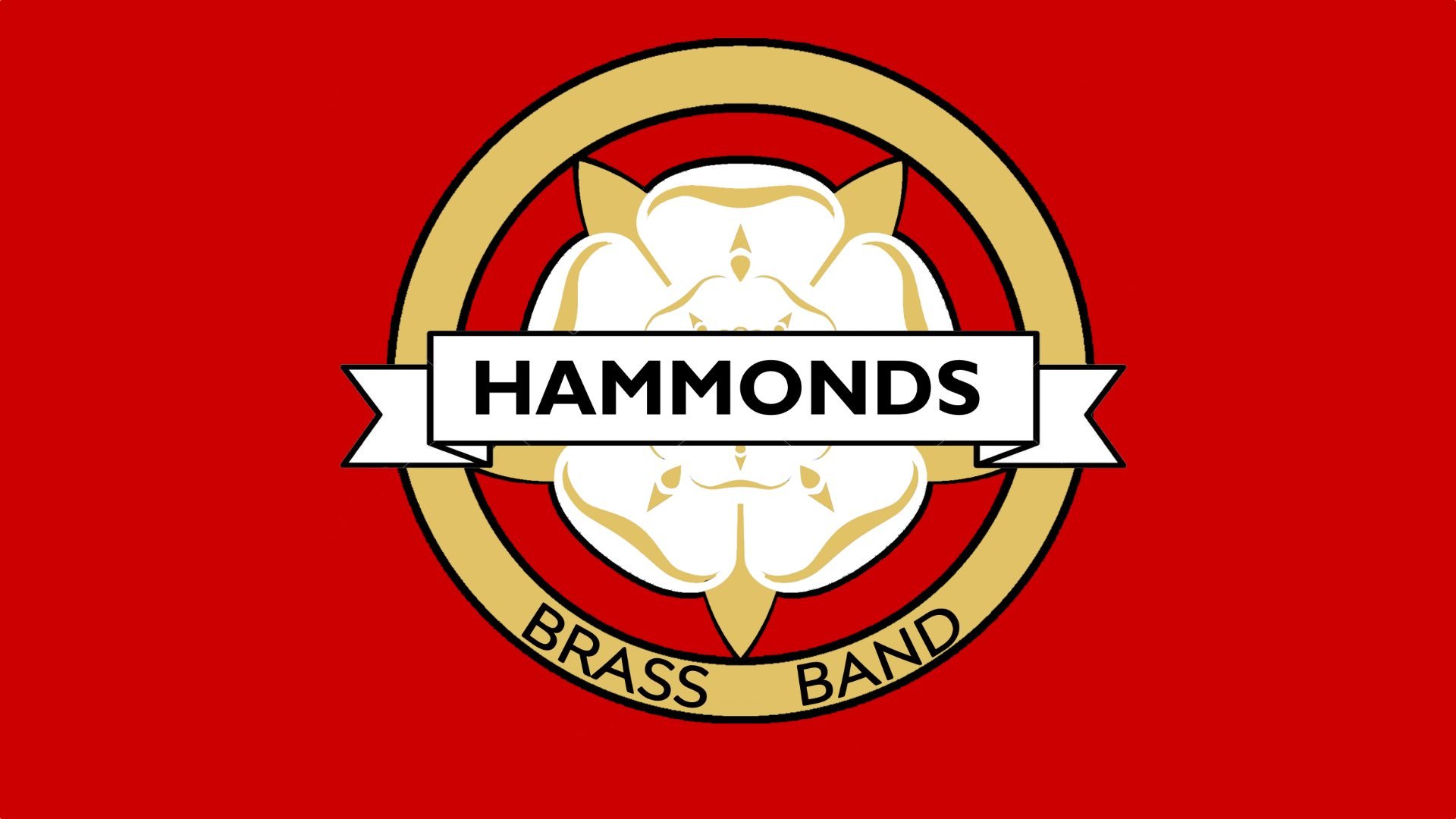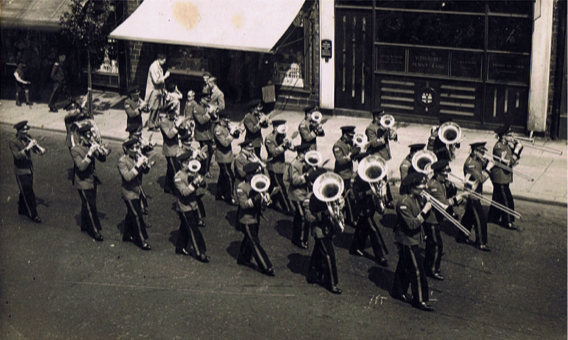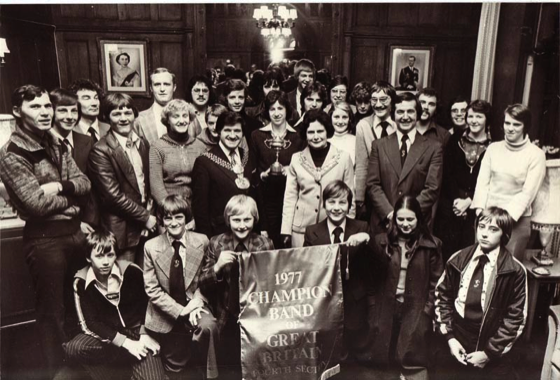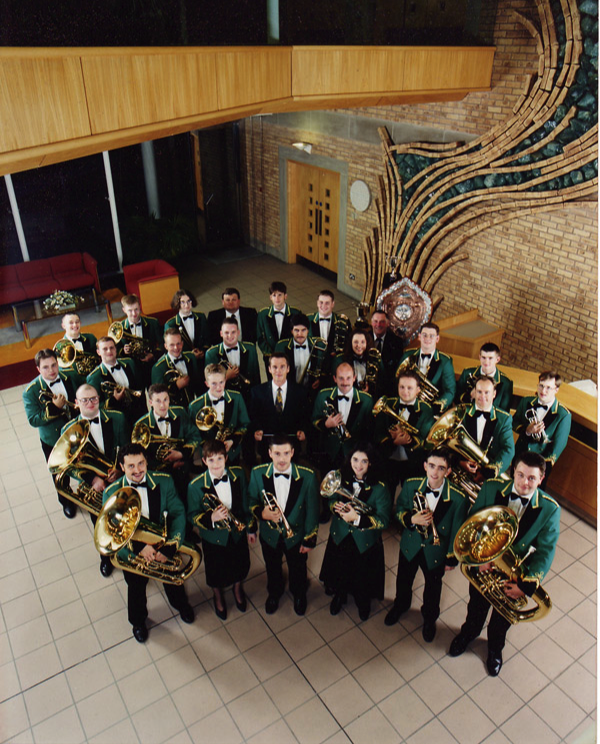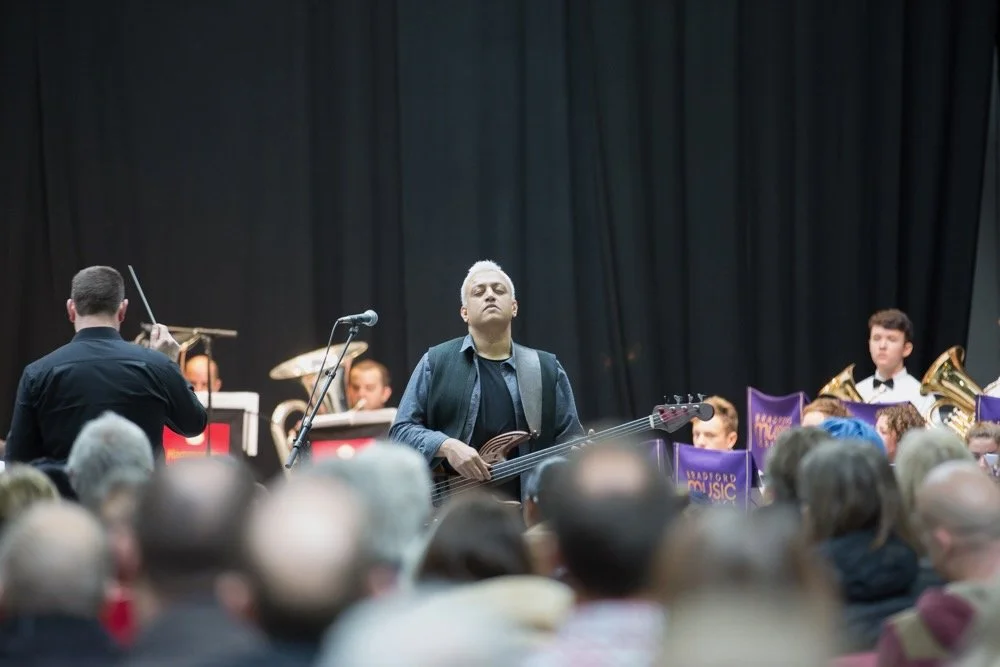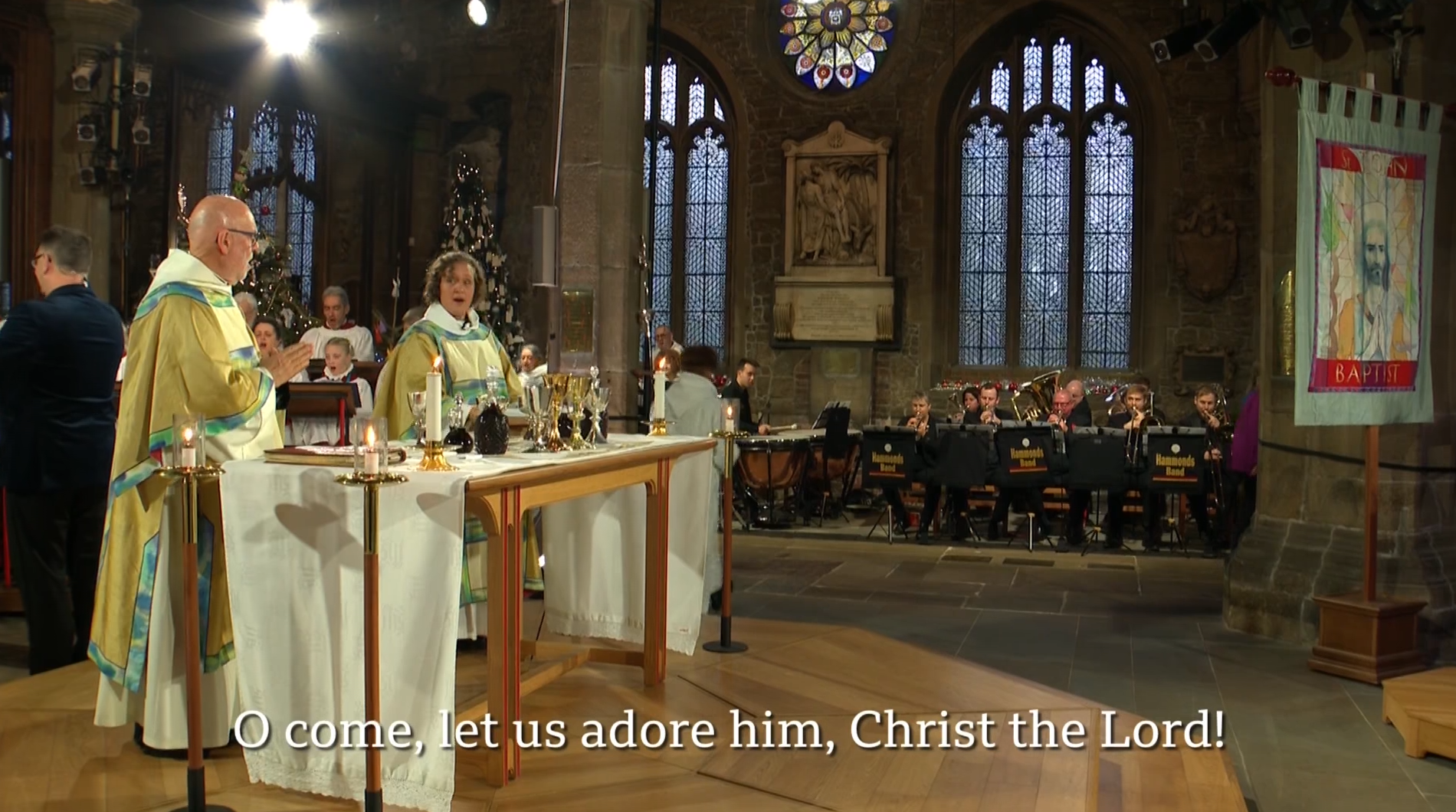History
Hammonds Band, previously YBS and Yorkshire Building Society Band has been one of the most successful of all contesting brass bands in the last twenty years. It has also been amongst the most innovative with its highly acclaimed CDs and its concert projects, created through close collaboration between band, conductor and composer. Yorkshire Building Society Band grew out of the former Hammonds Sauce Works Band when, in 1993, this band’s 33-year sponsorship ended. There were, at the time, three Hammonds bands and the Building Society, whose headquarters were quite close to the location of the sauce works, agreed to sponsor them all. With slight name changes there were now, in addition to the main band, YBS Hawley Band and YBS Juniors. The name Hawley referred to the former managing director of Hammonds . The first conductor of Yorkshire Building Society Band was Geoffrey Whitham, who had been associated with Hammonds Sauce Works Band for almost 30 years. He was succeeded by the young Australian conductor, David King, in 1993 and then Morgan Griffiths in 2007.
Hammonds has an impressive pedigree, with an unbroken sequence of 73 years under various names, and roots going back 150 years to when, in 1855, a brass band was formed as one of the amenities for the people of Saltaire. This was one of the famous ‘model villages’ built during the first half of the 19th century by wealthy industrialists and was the brainchild of Sir Titus Salt, a philanthropic mill-owner and one-time Mayor of Bradford.
